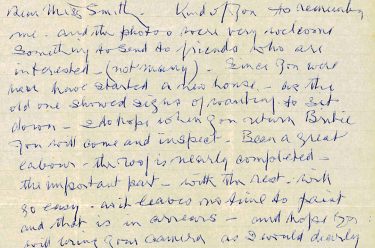The QAGOMA Research Library holds a collection of letters, photographs and other memorabilia relating to the famously reclusive artist Ian Fairweather, who spent the last two decades of his life in a hut on Bribie Island. A new book Ian Fairweather: A Life in Letters from Text Publishing compiles several hundred of Fairweather’s letters, which chart a remarkable and poignant life, writes Claire Roberts.
Page from the album of Ethel Fairweather
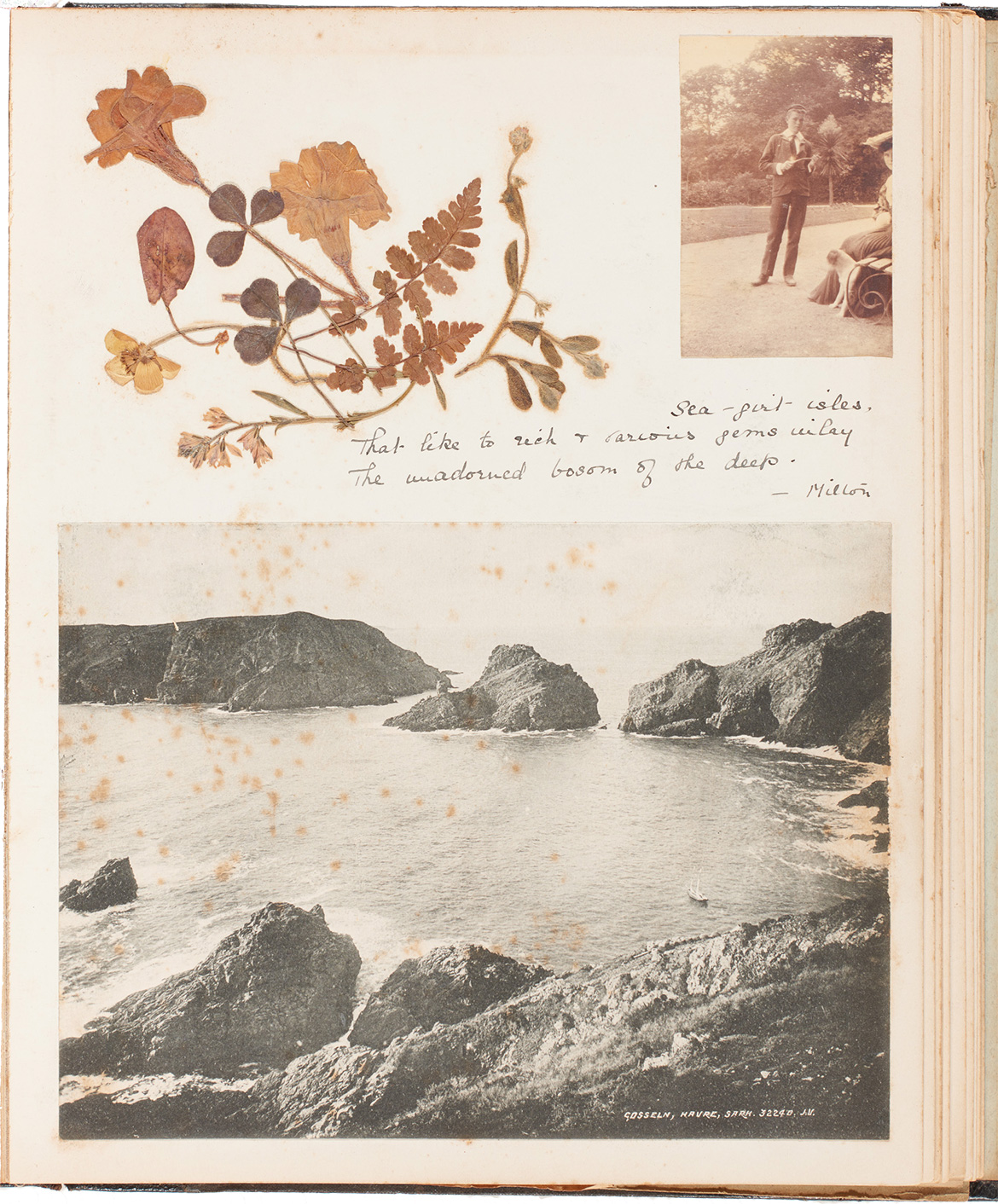
Writing to the artist William Frater from Sandgate in October 1938, Ian Fairweather (1891–1974) remarked that life was not long enough for working and painting: ‘I must just paint and hope — one can’t be two things at once’.1 Fairweather’s peripatetic life, including extended periods living in China, Bali and the Philippines, may be best understood as part of his questing to find a conducive place in which to live and paint. Fairweather spent the last two decades of his life on Bribie Island where he created majestic paintings, mostly at night by kerosene lamplight, in his studio-house — a fit-for-purpose structure built from bush materials with an earth floor. After his visit in July 1969, James Gleeson described the house as being ‘like a great bird’s nest’.2 Today, Fairweather’s paintings hang in national and state galleries across the country and can be found in the private collections of many artists and writers. Virtually forgotten in the United Kingdom, he has become one of Australia’s most important and enduring artists, admired for works of art that are imbued with a strong psycho-spiritual dimension.
Ian Fairweather ‘Epiphany’ 1962
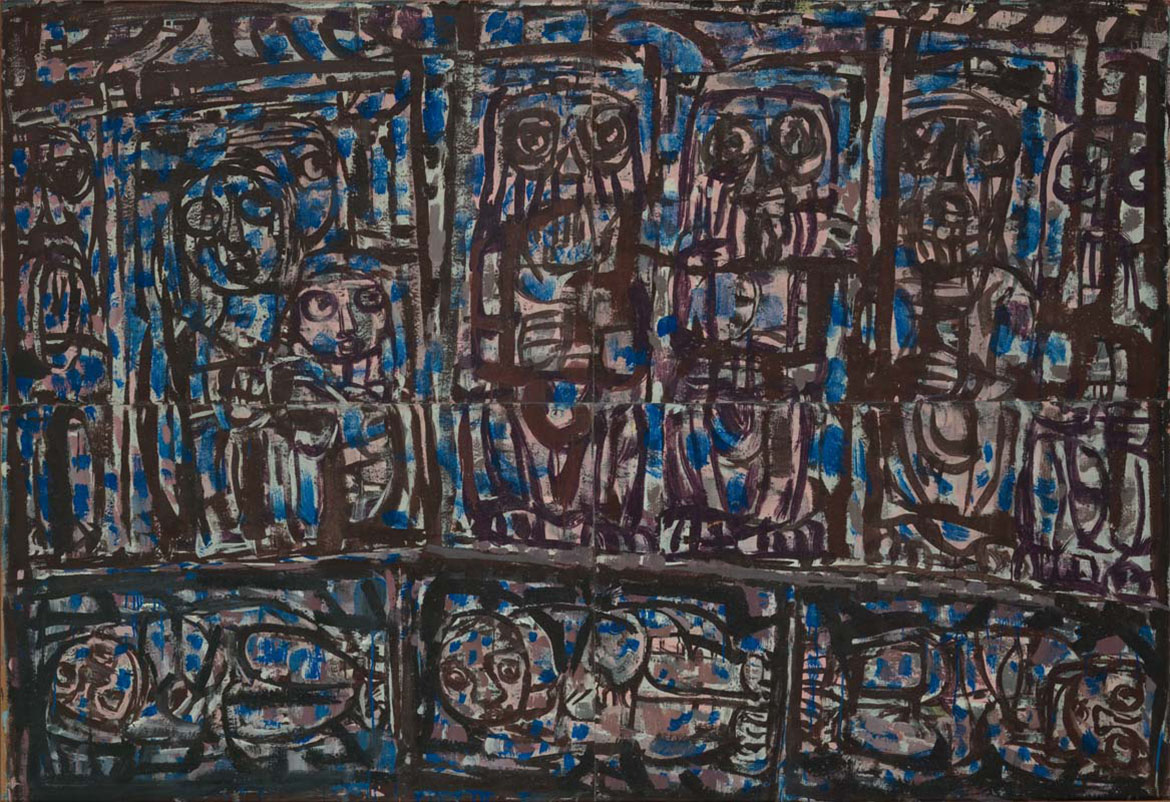
In his middle and later years, when Fairweather was not painting, he was building houses (six in total), reading books and magazines, translating Chinese texts into English or writing letters to friends and family members, an activity that attests to his sociability and desire for managed human contact. Ian Fairweather: A Life in Letters, edited with John Thompson, assembles half of the known letters written by Fairweather. Spanning the period from 1915 when he was a prisoner of war in Germany, through to his death on Bribie Island in 1974, the letters chart a remarkable and poignant life. The 354 letters provide glimpses into Fairweather’s childhood and upbringing in the United Kingdom, war time experience and incarceration in Germany as a POW, study at the Slade School of Fine Art, years of travel in Asia, love of tropical islands, and his complex relationship with Australia, described by him as the ‘never never land’.
Photographs from the album of Ethel Fairweather
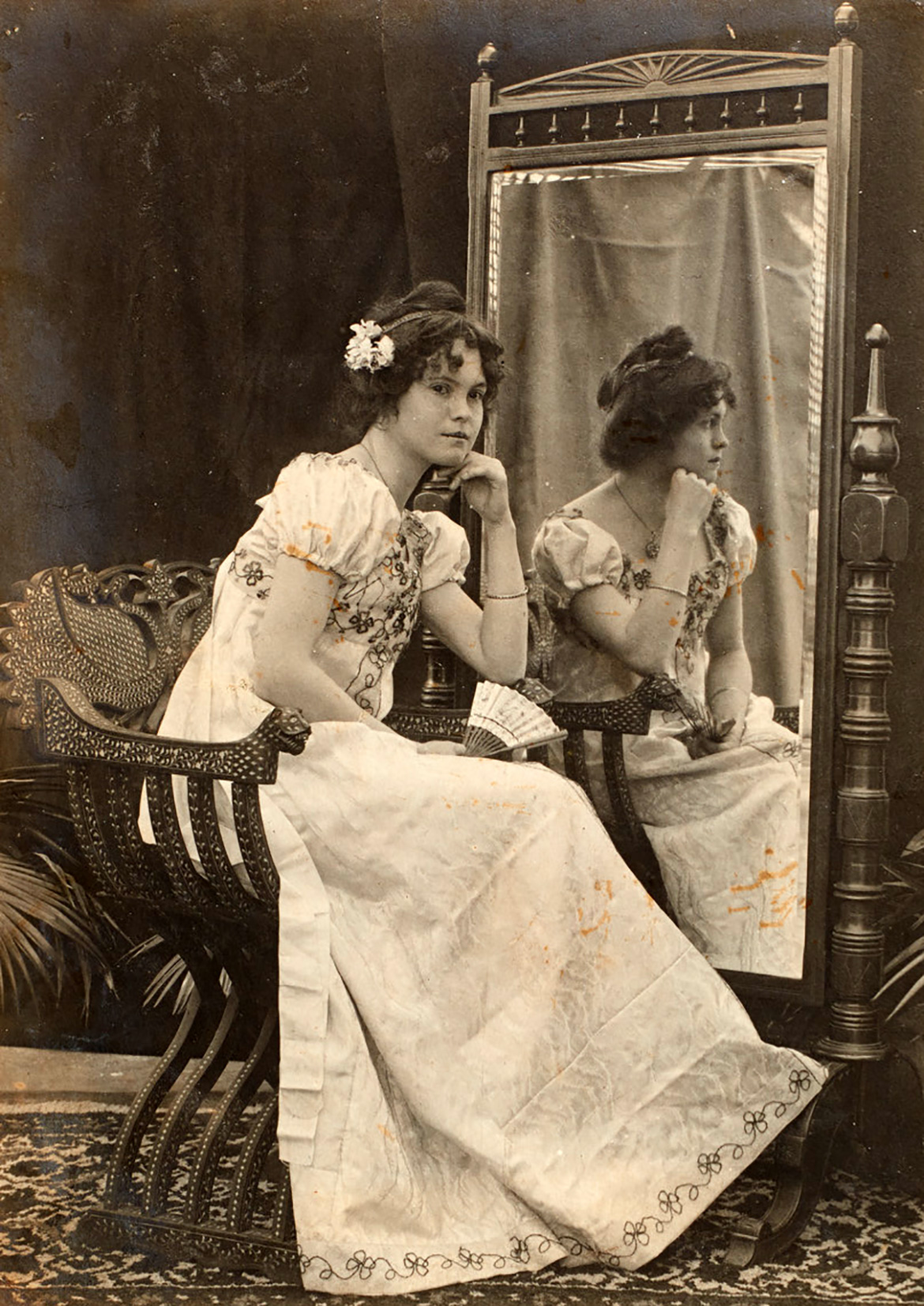
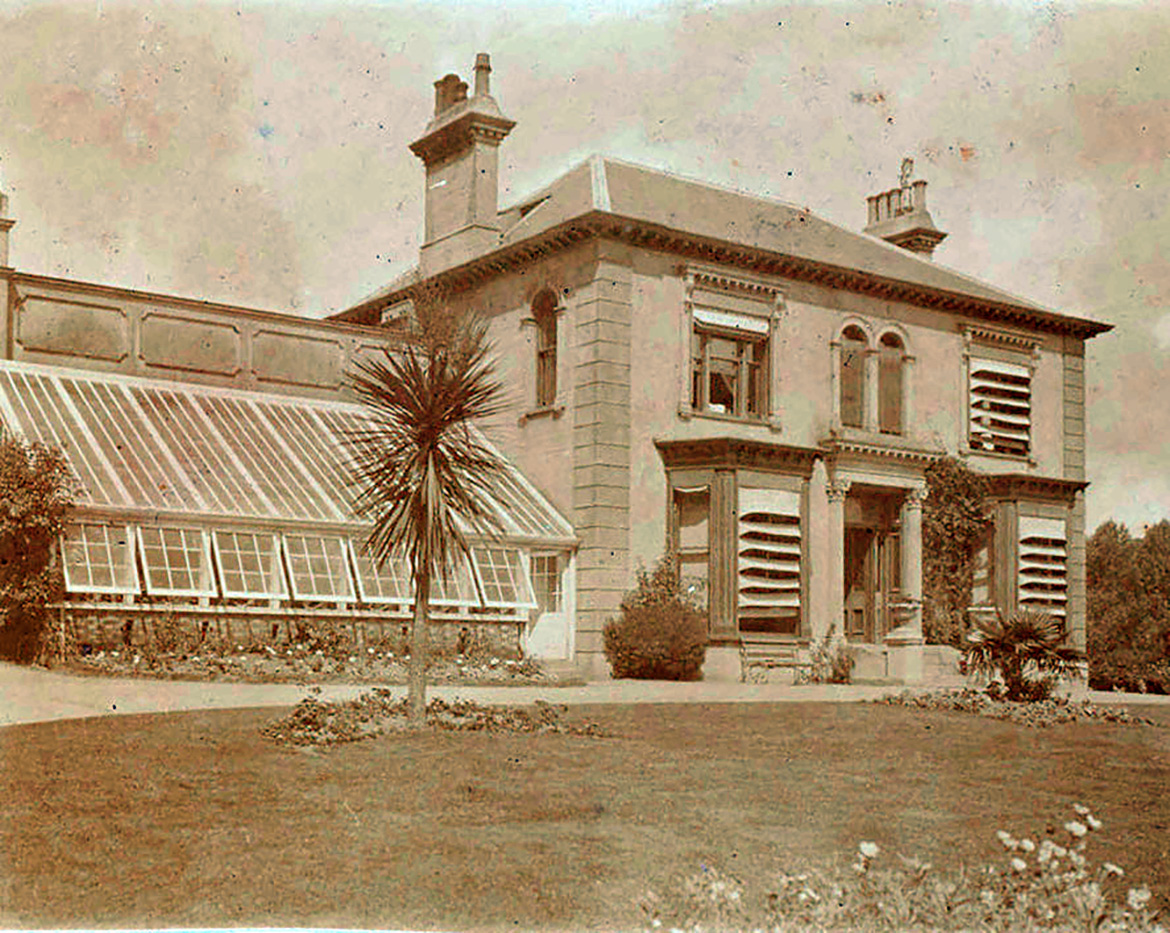
For many readers, one of the great surprises of the book will be the extent of correspondence with family members. Fairweather was the youngest of nine children and would not be reunited with his parents until 1901, when he was ten years old. His eldest sibling Winifred was 19 years his senior and had been born in India, where their mother had also been born and where their father had worked since 1856. Each of the children appear to have had a photograph album in which they pasted precious items of memorabilia.3 In 2013, the QAGOMA Research Library acquired the album belonging to Ethel Fairweather, Ian’s third sister and fifth sibling, which had found its way to an auction house in Sydney.
The album provides a fascinating insight into the life of Ethel Stewart née Fairweather (1880–1972) and by extension the Fairweather family: concerts, dances and balls, as well as horse riding and travel in India; and, in Jersey, family gatherings at ‘Forest Hill’, Beaumont, and holidays on the nearby island of Sark. Ethel played the violin and the inclusion of handwritten quotations from English poets Swinburne and Milton suggest a family interest in literature.
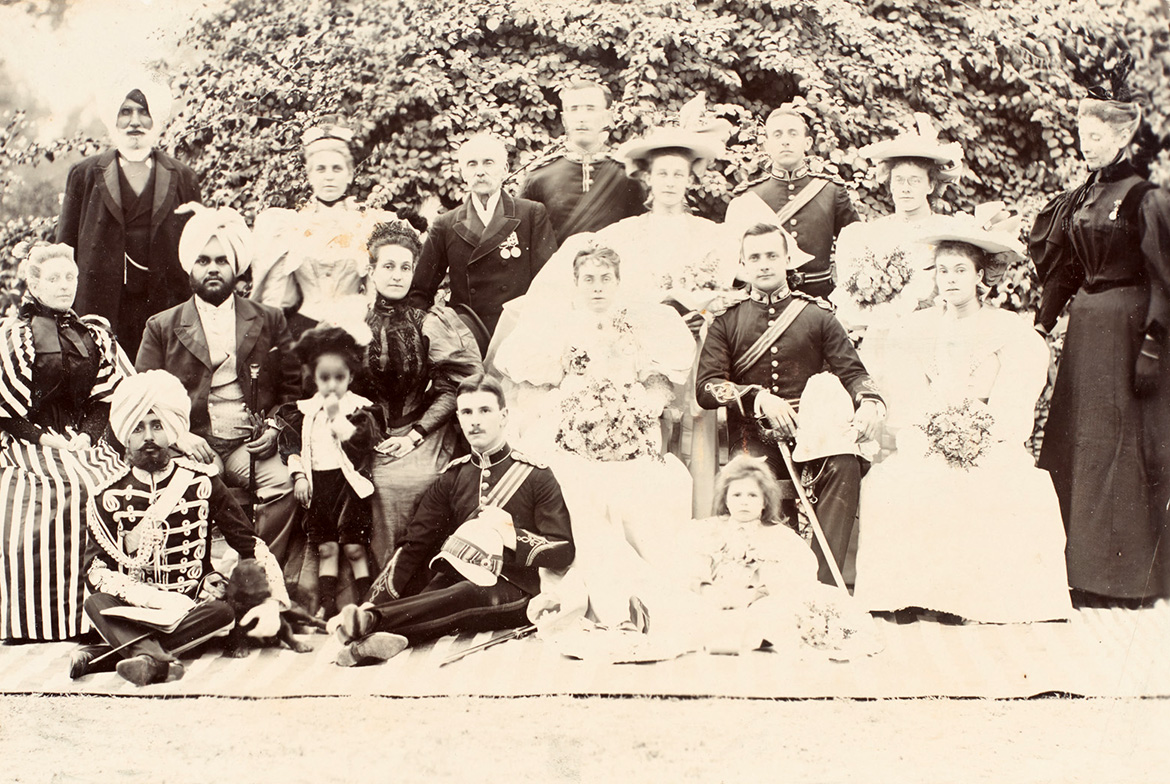
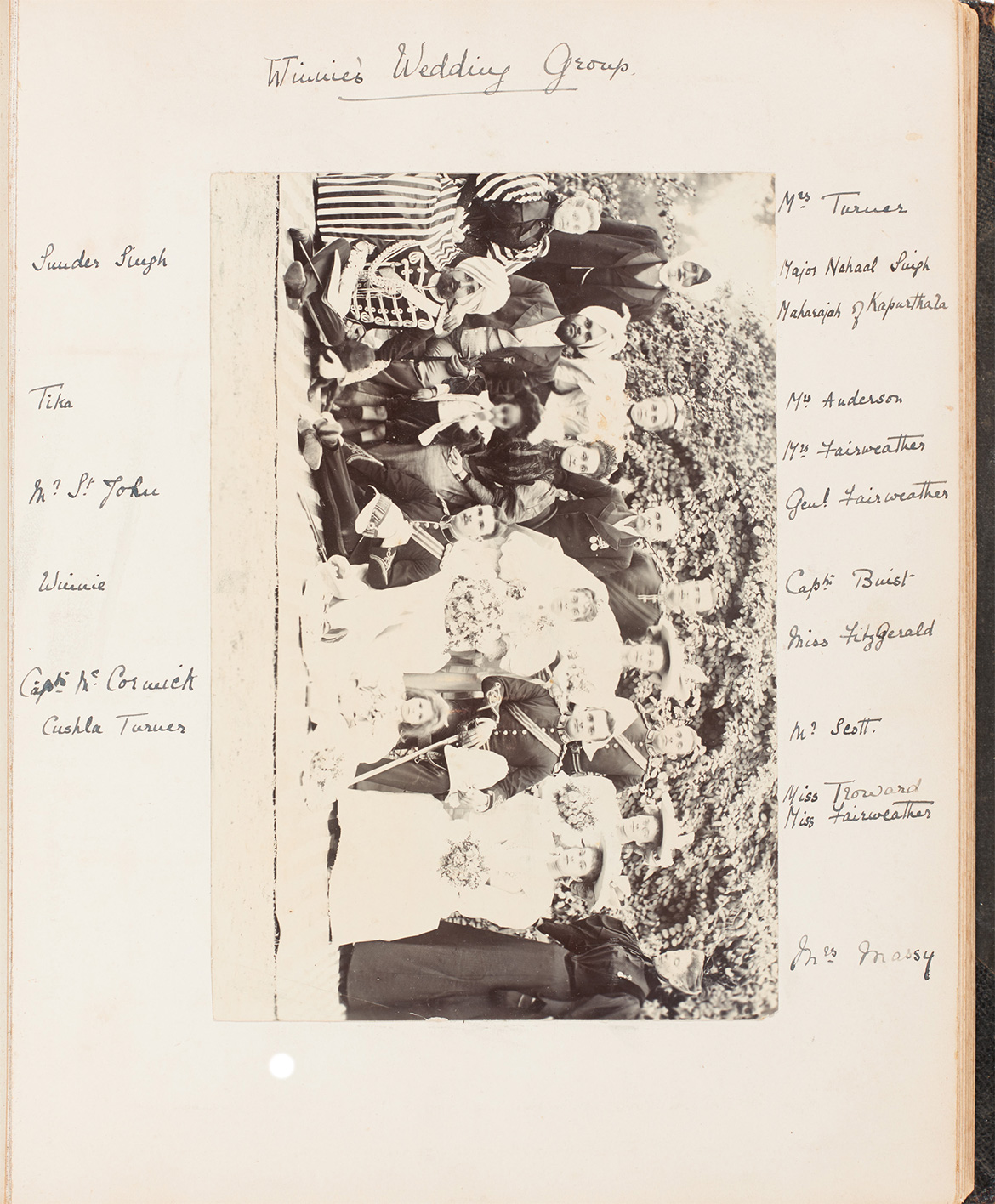
The opening photograph in the album is a large print of Winifred’s wedding in Jalandhar, India, in 1895, which was attended by the parents of the bride, James and Annette Fairweather, the Mahārāja of Kapurthala, Major Nahaal Singh, Sunder Singh and a young child named Tika, among others. James Fairweather had taken a post-retirement job as physician to the Mahārāja, while Ian Fairweather was being looked after by his sisters back at home.
Towards the back of the album are photographs of Ian as a young boy with the family dog and with childhood friends. The album provides little indication that the youngest Fairweather child would leave the comfort of his middle-class home and choose to live a solitary life of self-imposed austerity in the Asia Pacific and, ultimately, Australia.
Dr Claire Roberts is an ARC Future Fellow and Associate Professor of Art History in the School of Culture and Communication at the University of Melbourne.
Endnotes
1 Ian Fairweather letter to William Frater, Sandgate, [October 1938] (Letter 42), in Claire Roberts and John Thompson eds, Ian Fairweather: A Life in Letters, Text Publishing, Melbourne, 2019, p.96.
2 Papers of James Gleeson, National Library of Australia, MS 7440, Box 7, Item 7, Diary 1968–71, diary entry, 5 July 1969, p.137.
3 An album belonging to Annette ‘Queenie’ Fairweather, the fourth sister and seventh child in the family, is held by the Fairweather Estate.
Ian Fairweather

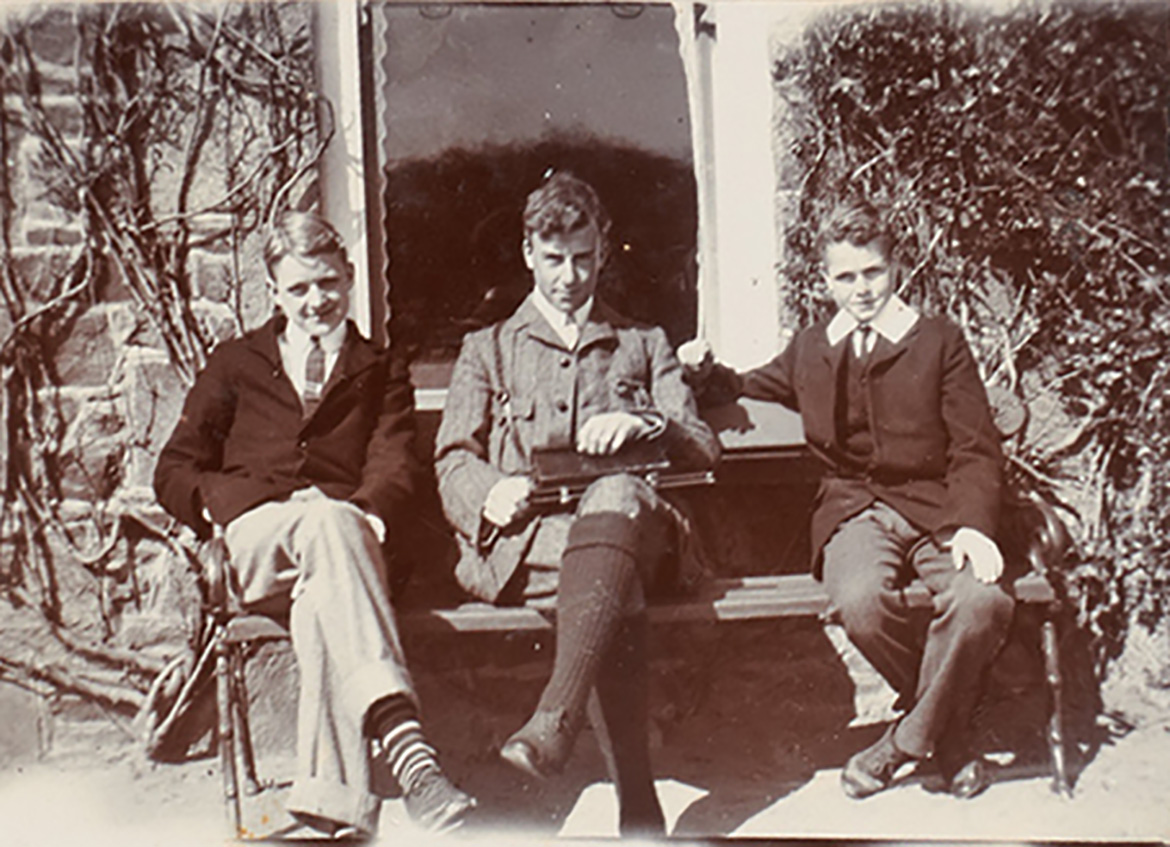
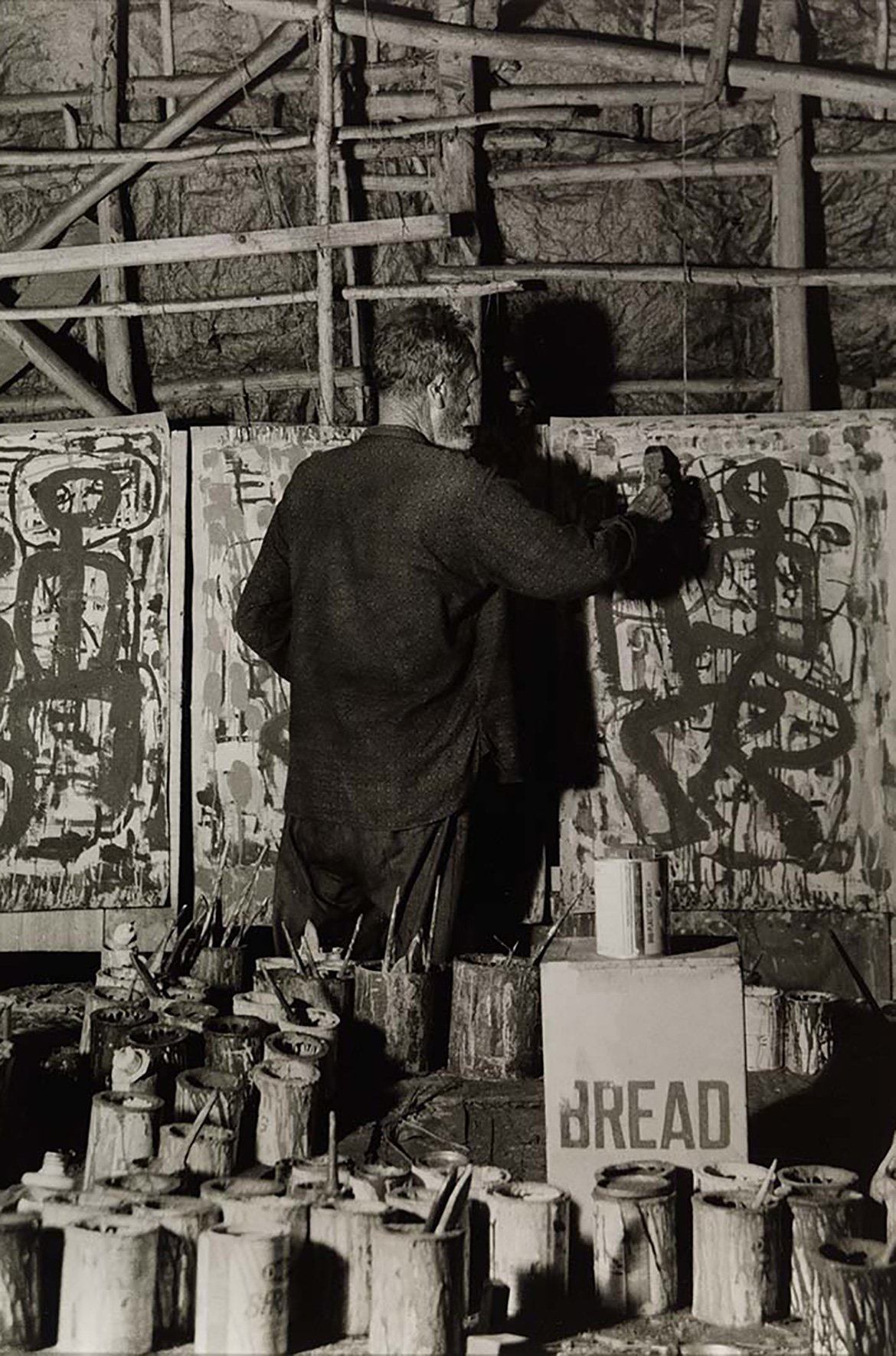
In recognition of the significant support from QAGOMA and former Gallery trustee Philip Bacon AM in the development of this book of letters, the research materials amassed by the editors will eventually join Ethel Fairweather’s photo album and Marion Smith’s papers to further strengthen QAGOMA’s Fairweather research capacity.
Ian Fairweather: A Life in Letters
Ian Fairweather: A Life in Letters, edited by Claire Roberts and John Thompson and available from the QAGOMA Store and online is a self-portrait by one of Australia’s greatest artists, a man mistakenly portrayed as a hermit. 700 of the painter’s letters are known to be in existence, and in their selection, Roberts and Thompson have created the definitive volume of Fairweather’s correspondence: the closest thing to an autobiography of one of Australia’s most enduring artists. Text Publishing acknowledges the support of the Australian Research Council, QAGOMA and Philip Bacon AM.
QAGOMA Research Library
The QAGOMA Research Library is located on Level 3 of the Gallery of Modern Art (GOMA). Open to the public Tuesday to Friday 10.00am to 5.00pm. visit us in person or explore the online catalogue. Access to special collections is available by appointment.
Featured image detail: Robert Walker Ian Fairweather (from ‘Hut’ series) 1966, printed 2006
#QAGOMA

